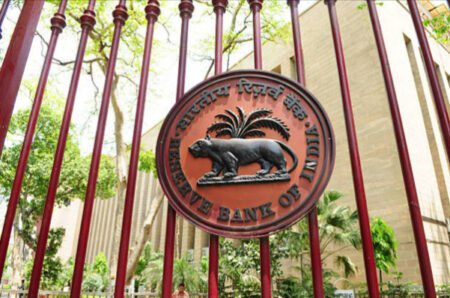On 24th November, the Omicron variant was first discovered in Botswana, southern Africa. Since then, it has spread rapidly and is currently reported in 77 countries. The World Health Organisation announced that Omicron poses a “very high” global threat with slowed economy. Now, the vaccines available seem not to affect the variant, making the stain even more dangerous. The variant is 500 per cent times more transmissible than the original Wuhan strain.
This strain again poses the threats of lockdowns, closed borders, and a slowed economy. Only in the coming days will we get to know the actual severity of Omicron and understand whether it is more lethal than the Delta variant. Due to its extreme transmissibility, countries are afraid to head back to lockdown and implement social distancing rules across their lands, threatening the global economy.
The spread of Omicron will most likely intensify curbs on international travelling and free movement across the world, including goods. Wealthier countries are already closing their borders for countries that reported the variant. Japan and Isreal have already closed their border to any international travel, much of Europe is already implementing travel restrictions, and Austria has executed a complete lockdown.
Due to Omicron, already down industries, trade and commerce in the richer countries were recovering but now are threatened. These new restrictions set up by governments will not only hamper the healing of the global economy but further deteriorate.
The variant could lead to inflation in many countries, and already the U.S is facing its worst inflation rate in decades due to Biden’s economic policies. In part, prices are rising because customers are bingeing on goods, hindering the world’s supply chains for everything. All around the world, the cost of shifting goods remains exorbitantly high.
For overall inflation to recede, consumers need to cut spending towards services like tourism and eat out. Omicron may slow this. The variant could also trigger more lockdowns in crucial manufacturing countries like Vietnam and Malaysia, worsening supply glitches. And conservative workers may put off their return to the labour force, pushing up salaries.
Emerging economies have more significant reserves and depend less on foreign-currency debt. Yet they must also manage with Omicron at home. Brazil, Mexico and Russia have already raised interest rates, which helps stall inflation but may reduce growth just as another wave of infections looms. Turkey has done the opposite, cutting speeds, and faces a collapsing currency as a result. More emerging economies could encounter an unenviable choice.
And lastly, the looming danger of China. For a long time, the country has been known for its miraculous economic growth, but economic growth has seemed to slow down ever since the pandemic began. Its economy is grappling with a debt crisis in its vast property industry, ideological campaigns against private businesses, and an unsustainable “zero-covid” policy that keeps the nation solitary and submits it to draconian regional lockdowns whenever cases arise.
Even as the government boosts the economy, growth has decreased to about 5%. It was barring the brief shock when the pandemic began, the lowest for nearly 30 years. Since this variant travels more easily, China will have to come down even harder on individual outbreaks to eliminate it, damaging growth and disrupting supply chains. Omicron may also make China’s exit from its zero-covid policy even more problematic.
The surge of infections that will inevitably result from allowing the virus to tear could be more significant, weakening the economy and the healthcare system. That is particularly real given China’s low levels of infection-induced immunity and doubts over how well its vaccines function. If the Chinese economy falls, the entire world’s supply chains will collapse as China produces everything and is the world’s factory.













